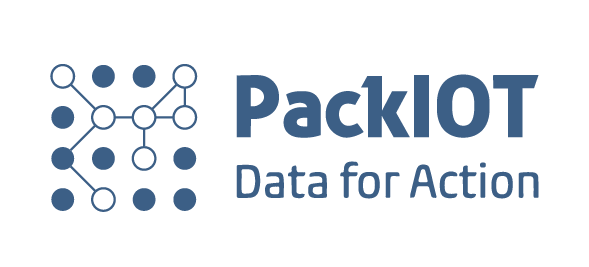By Mario Ishikawa, CTO at PackIOT
Industry 4.0 is happening but the reality is that most companies are handling data on paper. To think about analytics on the shop floor, one of the first things to be done is to automate not only the process, but the data collection and transformation.
This is a key step to think about Artificial Intelligence or other terms like Digital Twins and that is how Industry 4.0 has to start. Can you imagine a Digital Twin relying on manual input? It does not even make sense, so before we talk about it we have to make sure we have all the required data available in open format, as opposed to data silos, and collected in an automated process.

So, how to start with Analytics? And where?
It is good to start thinking about what you want to measure. Thinking about analytics, you probably want a good picture of how the production process is going, how machines and shifts are performing so you can understand how it can be improved. And this is where OEE takes place. OEE stands for Overall Equipment Efficiency and was coined by Seiichi Nakajima. OEE basically transforms Production Quality, Equipment Performance and Equipment Availability into a KPI.
Although most factories have PLCs and SCADA in their process, these hardware and software are used in the controlled process. How is the temperature right now? Should we adjust the pressure? This information is essential to keep the machines running, but it won’t tell how well a batch or job is performed, nor will it show that Line 7 is frequently more efficient than Line 5 in a particular line of products.
Back to the question, how to start? The best way is with data provided by the machine’s PLC. Usually the machine will have a PLC and an HMI, and it can provide you information such as counts, speed and machine status. The problem is that many times we are talking about an old machine or we do not have access to the PLC data. In this case the simplest way is to start counting produced parts entering and leaving the machine. Photoelectric 24V sensors and a simple PLC can help you on that. Even better if you are talking about an IIoT PLC, already prepared to share this collected data with an open and cloud friendly IIoT protocol such as MQTT. Unlike older and proprietary protocols, MQTT is lightweight and works over TCP layer, so you can apply encryption and send this data to HQ or cloud in an efficient and secure way.
This is the first layer of the process. On the next step you will need a software that can receive this data to process it in real time to calculate OEE and production in general. The first one that comes to mind is MES, a manufacturing execution system. MES is a very important layer on the plant but it can be also very hard and costly to be successfully deployed, and if you need just the OEE, which one subset of a MES, the costs and risks might not justify the project or POC. Or also it can be done with a SCADA system, provided that all the aggregation rules and interfaces are implemented on it. Usually it will require a software license, servers and a consulting company to customize it.
You can also use specific OEE tools that will provide you value in a shorter time frame with specific OEE rules, aggregations and reports already packaged in a product, such as in the case of PackIOT. With many diminished risks, a POC can be much easier to be justified.
OEE might seem simple at a glance, especially when you are used to relying on manual data updated only once per day. But the great value can be delivered when the information is updated in real time, when operators and managers can have time to react and act upon the daily KPI. Without it, it is like driving a car without a speedometer.
Also, it is very important to work with a long term vision and with that comes the importance of an open architecture. It is easy to start several different projects on a plant and then end with several different proprietary systems that do not talk to each other. Once you have a fully digitized plant, you need to have this data flowing in an open architecture. The vendors, systems and devices for each piece might differ, as long as real time data are available in open standards to support your future investments in AI or integrating data from different departments to make better decisions.




